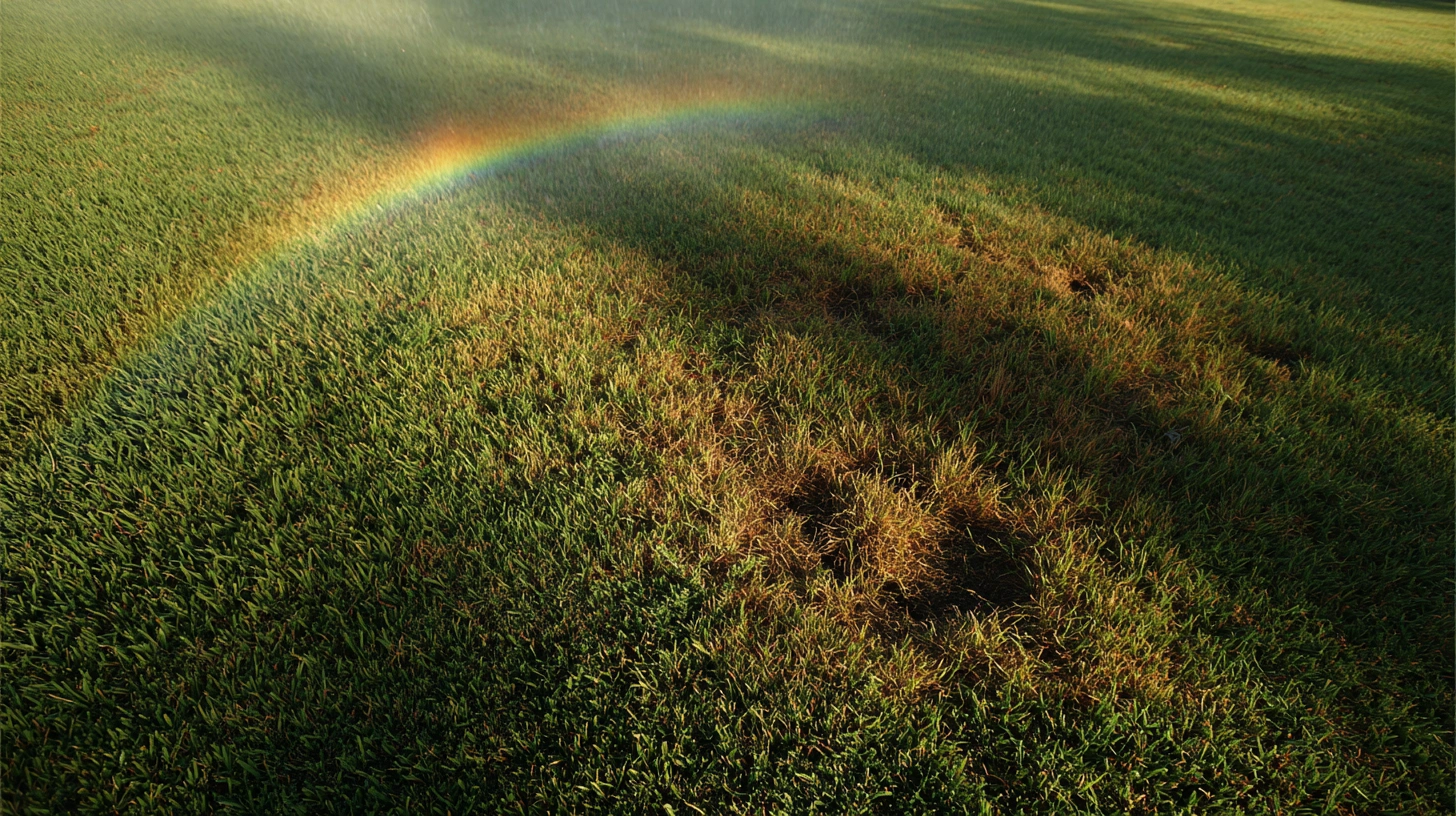Safe Fungus Control in Heat for Cool-Season Lawns

Learn why applying fungicide in high temperatures can harm cool-season turf and how to recover yellow patches safely with cultural practices and timing.
Safe Fungus Control in Heat for Cool-Season Lawns
Introduction
You just spread a slow-release fertilizer, then the thermometer jumped into the 80s (or higher), and now parts of your lawn look yellowed and tired. You're eyeing that bottle of BioAdvanced Fungus Control, wondering if you can spray today and fix the spots before they get worse. Hold on. Cool-season grasses--think Kentucky bluegrass, fescue, perennial rye--thrive in 60-75 degreesF. Above 85 degreesF, you risk phytotoxicity and chemical burn if you stack heat stress on top of fresh fertilizer and a fungicide application. In this guide, I'll walk you through diagnosing yellow patches, cultural recovery tactics, and the safe window for using BioAdvanced Fungus Control. By the end, you'll know exactly when and how to treat disease threats without overloading your lawn's stress bar.
Why Timing Matters for Fungus Control in Heat
Hot weather puts cool-season turf into survival mode. High temperatures restrict root uptake and slow down recovery after any intervention.
The Heat Stress Factor
Root function dips when soil temps climb above 80 degreesF.
Turf under heat stress can't handle aggressive chemical treatments without a burn risk.
Most product labels, including BioAdvanced Guidelines, caution against applications in extreme heat or on already stressed lawns.
The 85 degreesF Threshold
Aim for application windows when air temps stay below 85 degreesF.
Early mornings or evenings provide cooler conditions and lower evaporation.
If the forecast calls for back-to-back 90 degreesF days, delay your spray until a cooler stretch.
Diagnosing Yellow Patches: Stress or Disease?
Before reaching for the fungicide, make sure yellow spots aren't just fertilizer burn or heat scorch.
The Screwdriver Test for Soil Moisture
Slide a screwdriver into the soil across yellow and green areas:
Easy entry: Soil is moist; stress likely from heat or fertilizer.
Resistance: Soil is compacted or dry; improper watering is the culprit.
Uneven feel: Inconsistent irrigation or a hardpan layer causing localized stress.
Spotting Burn vs. Brown Patch
Fertilizer Burn: Patchy yellow edges with crisp margins. Appears 1-2 weeks after heavy nitrogen application.
Brown Patch Disease: Circular lesions with tan centers and dark borders. Thrives in warm, humid conditions.
If disease signs (brown patch rings, checkerboard dollar spot) are clear and the lawn is past the initial stress phase (roughly 7-10 days after fertilizing), you can consider targeted fungicide use.
Ready to transform your lawn?
Get personalized AI guidance for the perfect lawn. Download Grassmaster Gus now!
Cultural Recovery Practices
Most recovery happens without chemicals. Let's get your lawn's resilience back.
Smart Watering
Deep, infrequent watering--1 inch per week in early morning.
Avoid midday irrigation to reduce evaporation and fungal spread.
Use the screwdriver test weekly to adjust water depth.
Mowing and Traffic
Raise mowing height to 3-3.5 inches. Longer blades shade crowns and boost resilience.
Never remove more than one-third of blade length per mow.
Keep off the grass during peak stress--postpone heavy foot traffic and games.
Aeration and Thatch Management
Hold off on mechanical aeration or dethatching until recovery begins (grass shows new growth and greener color).
Manual aeration (spike shoes) can help lightly if soil compaction is severe, but don't overdo it.
Applying BioAdvanced Safely
When disease is active and conditions moderate, here's how to treat without triggering phytotoxicity.
Wait Out the Heat and Stress
Allow 7-10 days after your fertilizer application for roots to recover.
Check weather: Only apply when highs are forecast under 85 degreesF for at least two days.
Follow Label Directions
Measure area accurately; mix concentrate to label rates.
Use protective gear--gloves, goggles, and a mask if recommended.
Maintain a slow, even spray pattern to avoid overlap and hot spots.
Spot Treatment Over Blanket Sprays
For isolated brown patch or dollar spot, target affected areas.
Keep fungicide off healthy turf; over-spraying increases burn risk.
Post-Application Care
Water lightly (0.2 inch) 12-24 hours after application if label allows. This moves the active ingredient into the leaf and minimizes surface residue.
Continue cultural practices--mowing, watering, and shade management.
Prevention Strategies
Long-term health beats quick fixes. Here's how to reduce future risks:
Avoid nitrogen-heavy fertilizers during summer heat waves.
Switch to a balanced, slow-release formula in late spring and early fall.
Keep soil pH in check (6.0-7.0) through periodic testing.
Maintain consistent irrigation and mowing year-round to build turf vigor.
Regional and Regulatory Notes
In many Northern US states and Canadian provinces, local bylaws restrict chemical applications in drought or heat advisories. Always:
Check your municipal code or extension office guidelines.
Consult your county/provincial extension service for specific fungicide restrictions.
Dispose of leftover concentrate responsibly--never pour down storm drains.
Conclusion
Dealing with yellow patches after a hot-weather fertilizer job can feel like juggling flaming torches. But your cool-season lawn will thank you if you focus on cultural recovery first and only reach for BioAdvanced Fungus Control when temperatures dip below 85 degreesF and disease activity is clear. Deep watering, raised mowing heights, and patient timing are your best allies. Follow these guidelines, and by next season you'll be the neighbor whose lawn stays green, healthy, and fungus-free--even when the heat is on.


